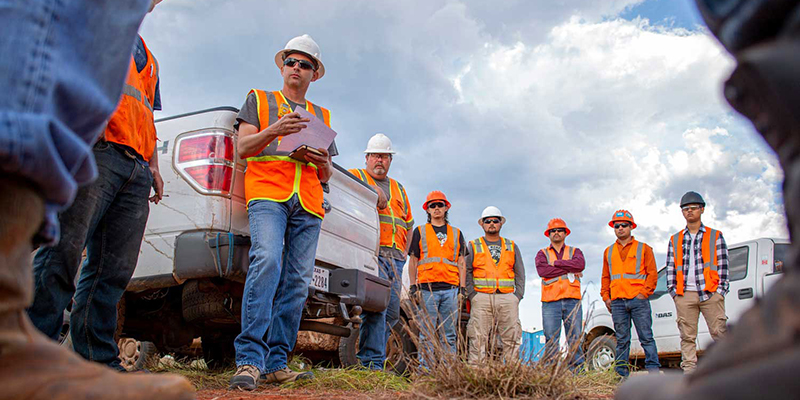AWS Startups Blog
How Deep Imaging is Using Cloud Computing to Boost Oil and Gas Production Performance

Oil and gas operators are feeling the pinch. “Their wells are underperforming, so they can’t get enough oil out of the ground and they are missing financial forecasts,” says Josh Ulla, Chief Development Officer at Deep Imaging. “The scary thing is they often don’t know the root causes of what’s leading to well underperformance.”
Analytics are the life blood of the business world at large, but for the most part, they haven’t yet taken a strong hold in the energy industry. That’s where startups like Deep Imaging Technologies, which provides real-time fluid tracking services to the oil and gas industry, are coming in.
Founded in 2008 and based out of Tomball, Texas, Deep Imaging provides diagnostic tools in the oilfield so operators can identify the location and source of their problems in real-time, fix them, and get back to producing by tracking fluid movement in the reservoir during frac’ing, flowback and other types of injection. We recently spoke to Ulla, who joined the Deep Imaging team earlier this year, about wanting to improve the U.S.’s onshore production performance and how they’re using cloud computing.
What overall trends are you seeing in your industry and sector?
As the energy industry faces increasing pressure to improve their economics, we are seeing a shift to greater acceptance of incorporating new technology into workflows across the board to improve processes.
How do you fit into the oil and gas ecosystem?
We are the only company that identifies the what and where the problems are that are causing shortfalls in oilfield production. We identify frac hits, bad cement, plug failures, open zippers and other subsurface problems. With this information operators can fix what’s wrong, get back on track and improve profitability. Additionally, our diagnostic tools are a direct measurement of where fluid is actually placed—it’s precise and there is no guessing about what the results mean.
For example, we want our clients to feel extremely informed about the realities of their projects, so they can make the right decisions at the right times, improving day-to-day workflows, future project planning and overall bottom lines. AWS cloud computing allows us to process very large data sets quickly so we can deliver results to clients in real-time.
What is the biggest challenge that you’ve faced in your current role and how did you overcome it?
A big (successful) challenge was advancing our frac diagnostic technology to deliver results in real-time. To do this we are introducing on-site mobile units, automating data collection to collect results faster and processing on-site. We also are incorporating machine learning with human oversight to process results, increasing speed and accuracy. It has been an intensive process with a very successful outcome.
What’s one unique thing that most people don’t know about what your company does?
Most people don’t know that clients can also use our diagnostic tools to determine which products they use work, and which don’t, so they can improve their purchasing plans. For example, we show them if a plug is failing, and if a certain type of plug fails, let’s say 20% of the time, then they know that it’s an inferior product and they should switch to a different plug for future projects. It’s about tightening the ship—Identifying and addressing what’s not working.